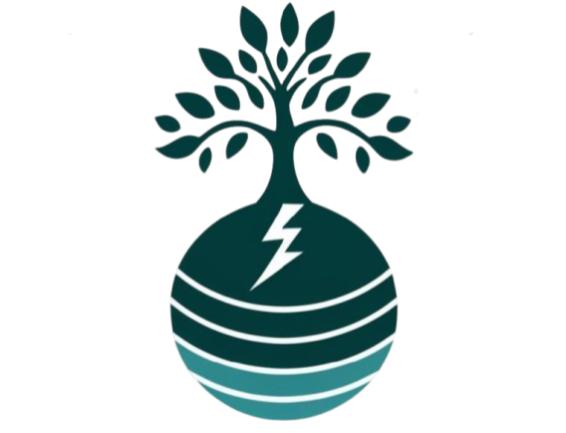
BioCharge
Energy storage materials made from tree and plant waste that would otherwise decompose into CO2.
How It Works
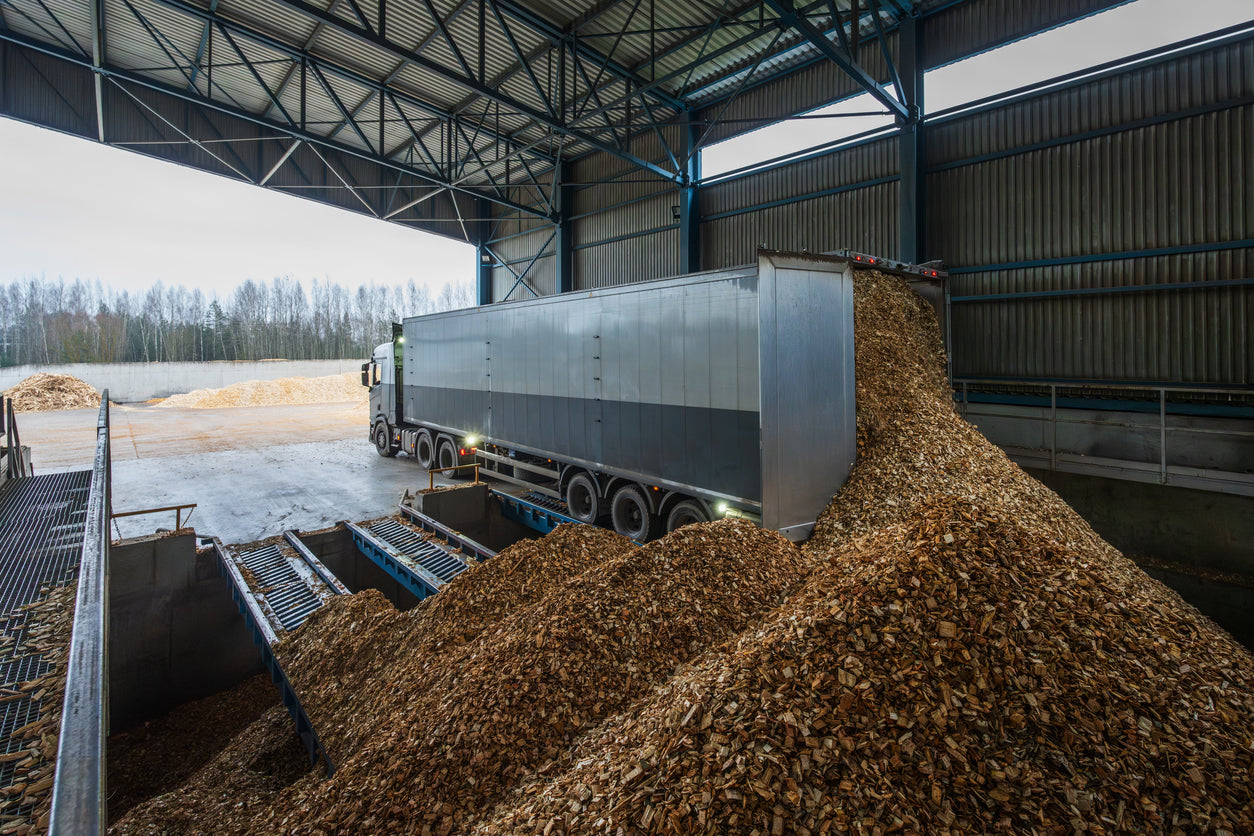
Source
Carbon, an essential ingredient in electrochemical and thermal batteries, is sourced from wood and plant scraps collected in centralized facilities.
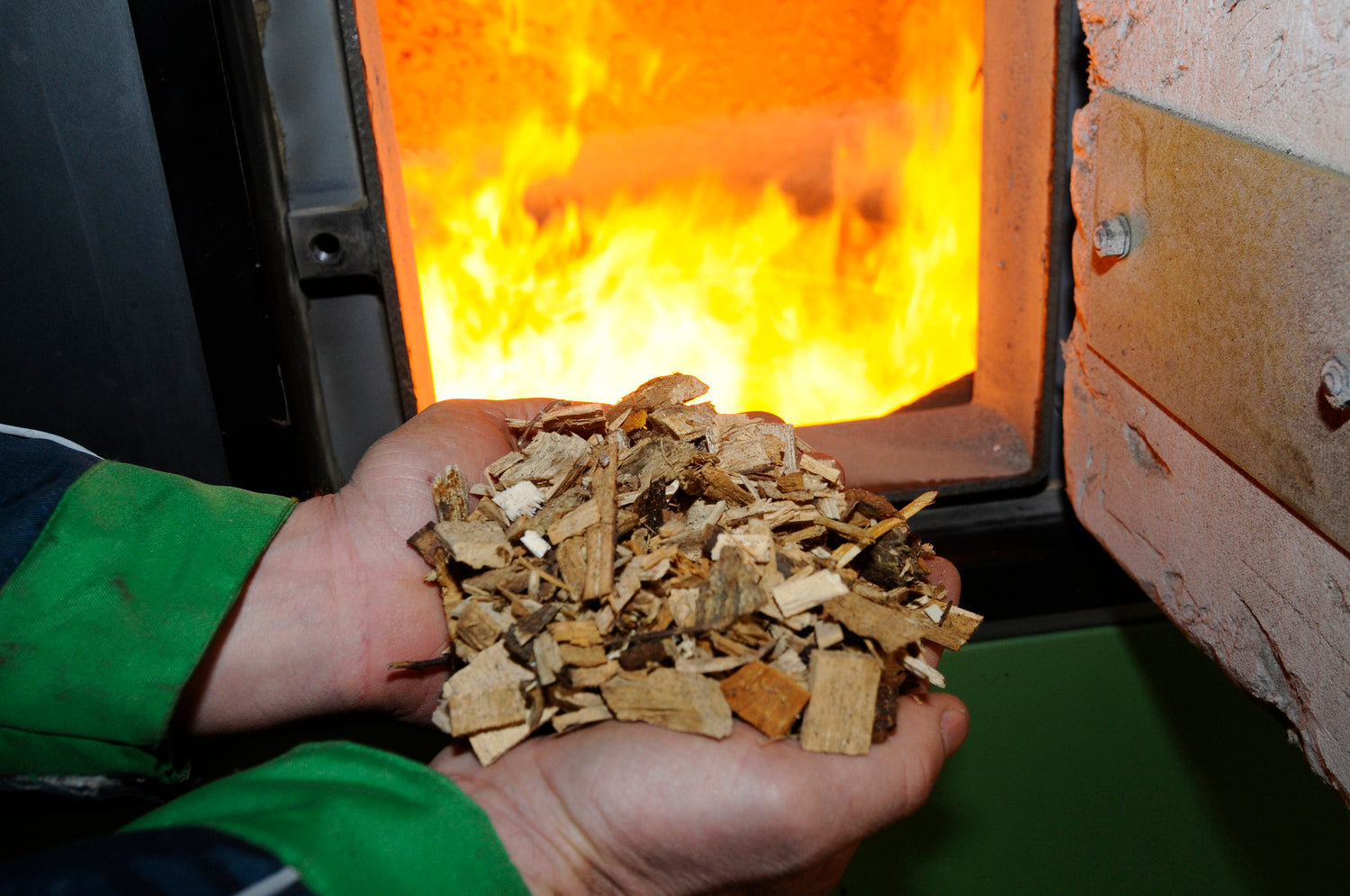
Carbon Extraction
Specialized reactors break down the biomass into solid, sequestered carbon called biochar and energy-rich gases that sustain the process.
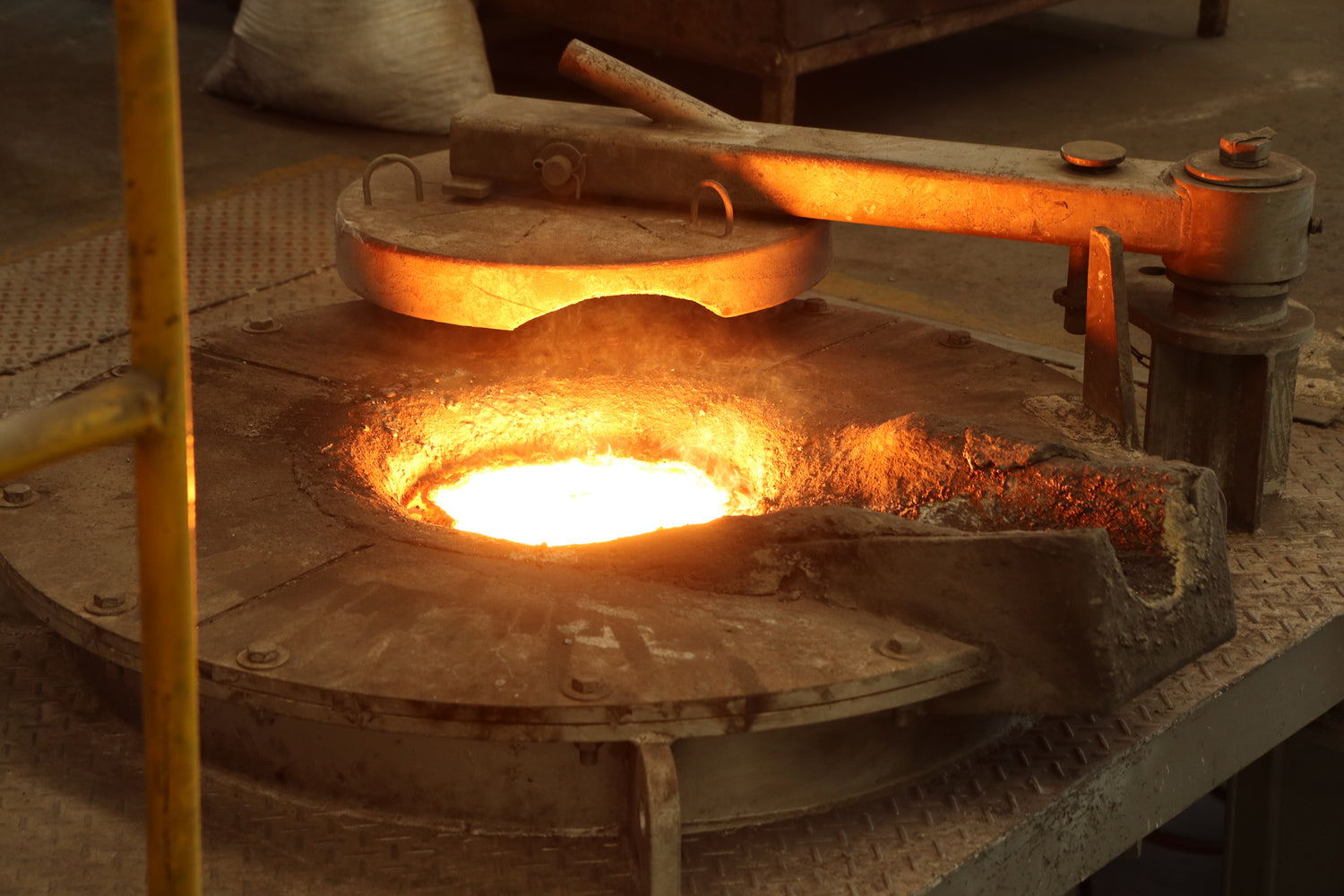
Transformation
Surplus gases power additional steps to turn the biochar into materials for energy storage. These processes include catalyzed graphitization, jet milling and pressing.
Why This Is Better

Economical
Waste biomass is highly cost-competitive with the fossil fuel-based byproducts and mined graphite flakes typically used in batteries. Also, its impurities provide the energy needed for manufacturing--something otherwise externally supplied at a premium.

Eco-Friendly
On average, making 1 ton of carbon-based energy storage materials emits over 5 tons of CO2. This process is better because it transforms a source of natural greenhouse gas emissions, waste biomass, into the same products.

Everlasting
The demand for carbon-based materials for energy storage is expected to jump from 3 million tons per year to 5 by as soon as 2030. Today's supply chain is nearly 100% dependent on fewer than 100 facilities in geopolitically contentious regions. Fortunately, the US annually produces roughly 350 million tons of waste biomass that can be redirected toward critical applications such as this.
Products Under Development
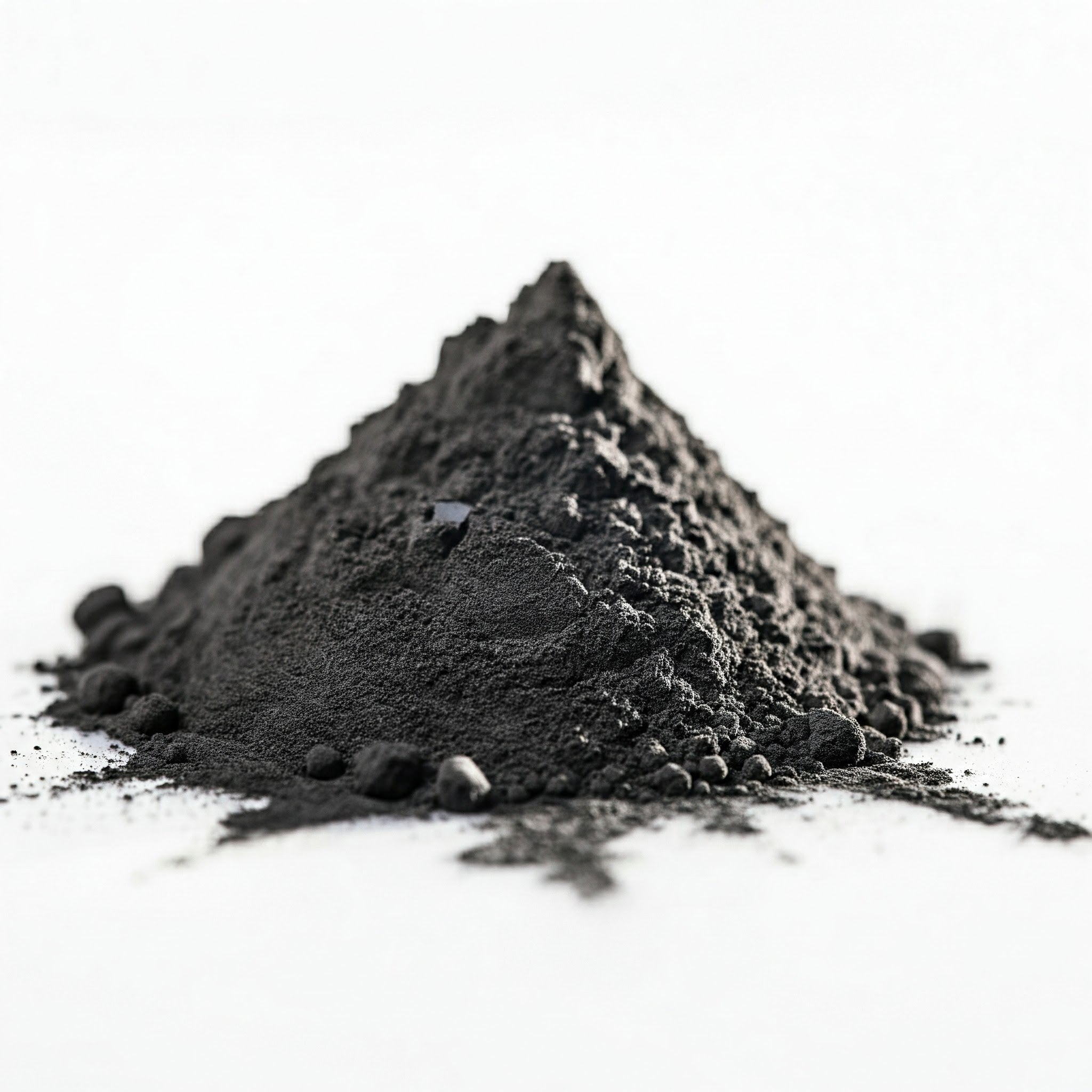
Graphite Powder
Lithium-Ion Chemistry
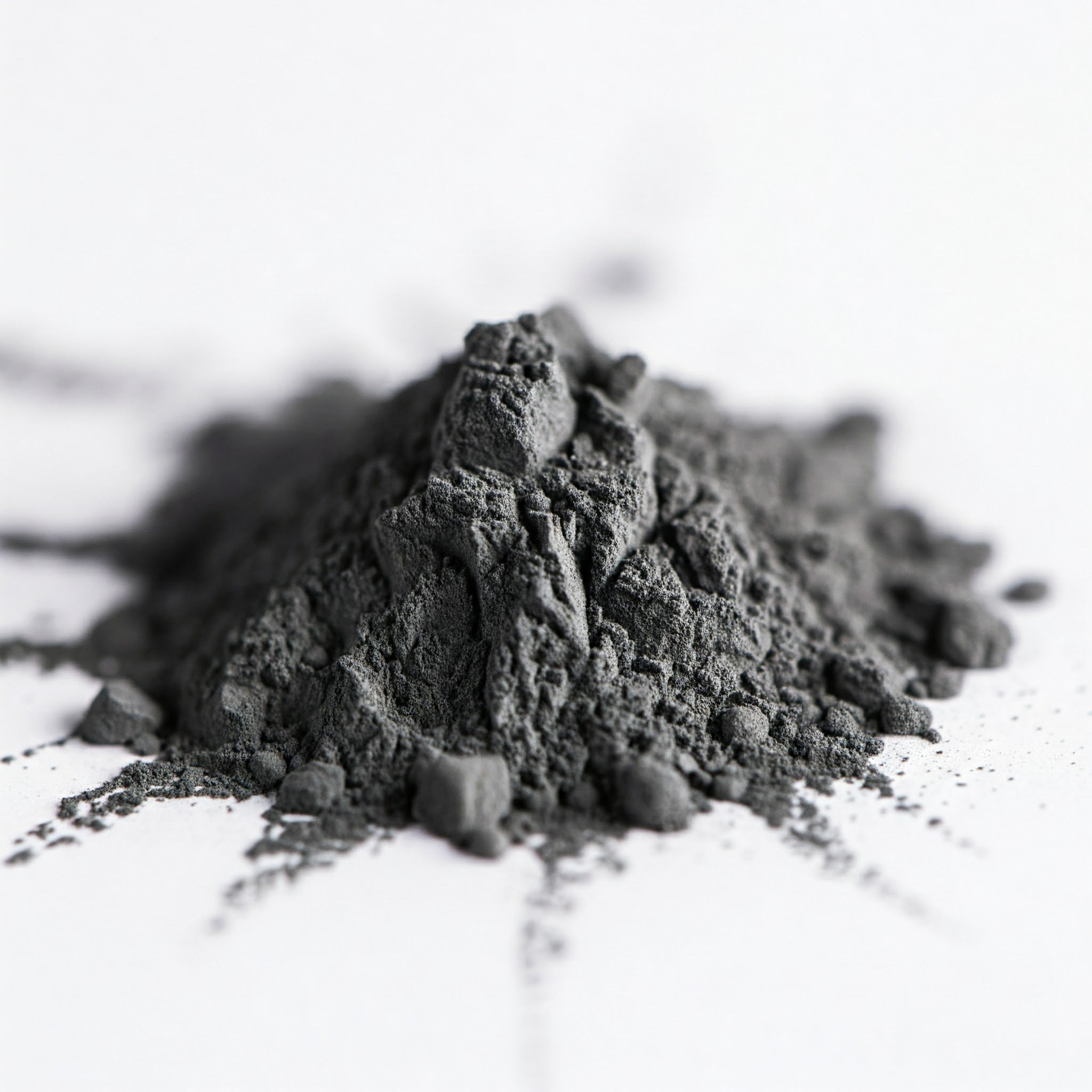
Hard Carbon Powder
Sodium-Ion Chemistry
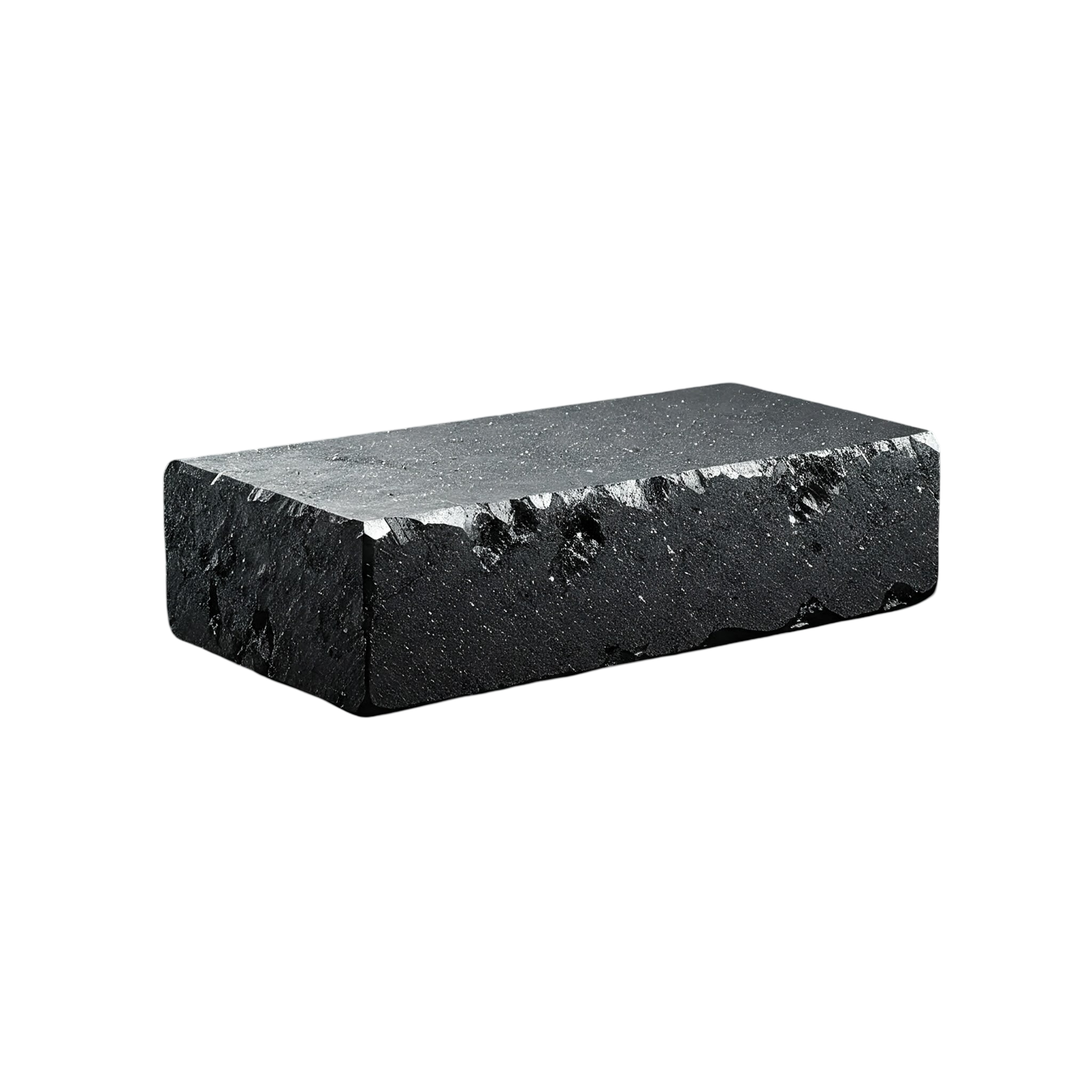
Graphite Blocks
Thermal Energy Storage
Get In Touch
info@biocharge.us
©2025 BioCharge